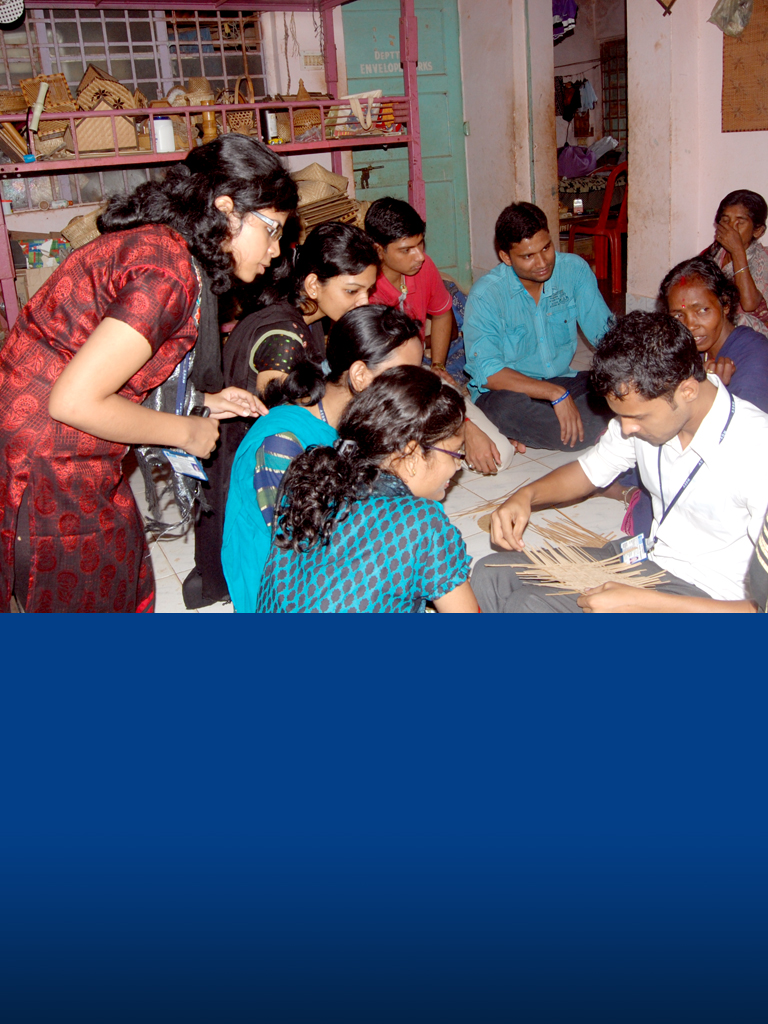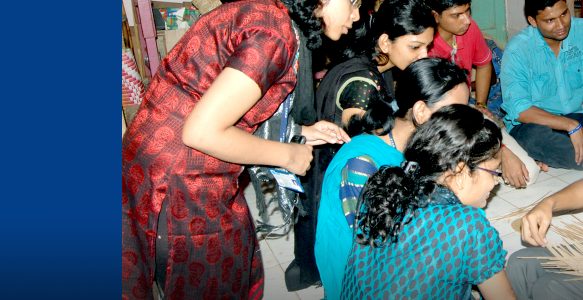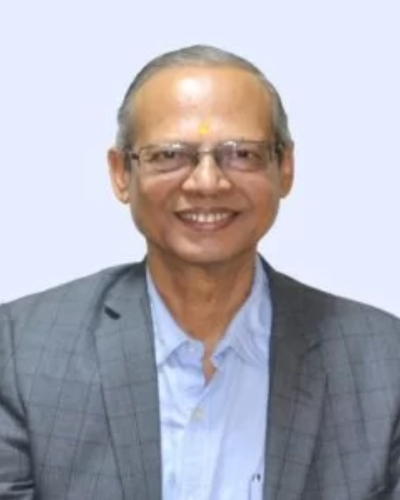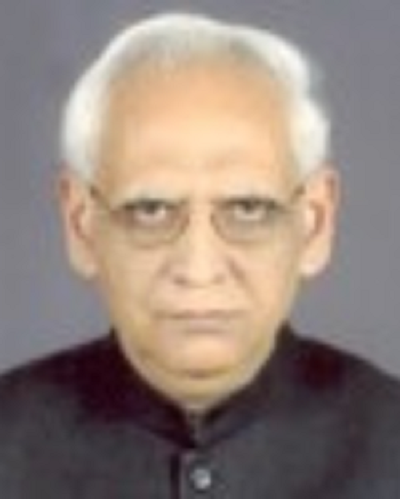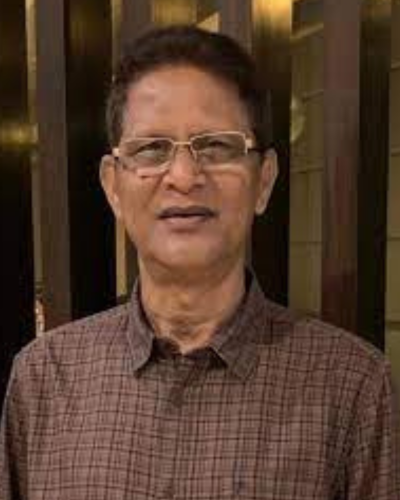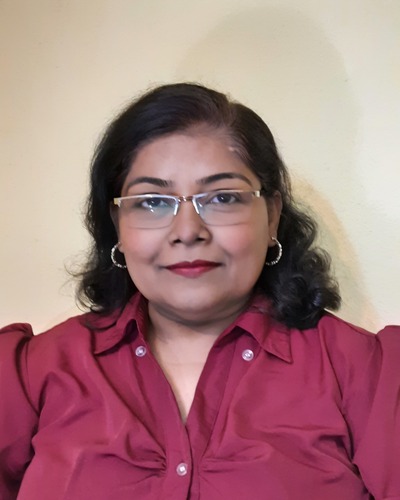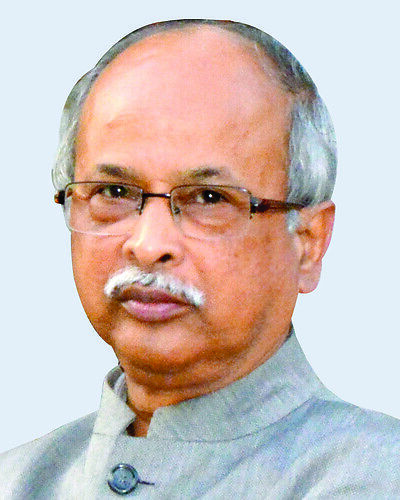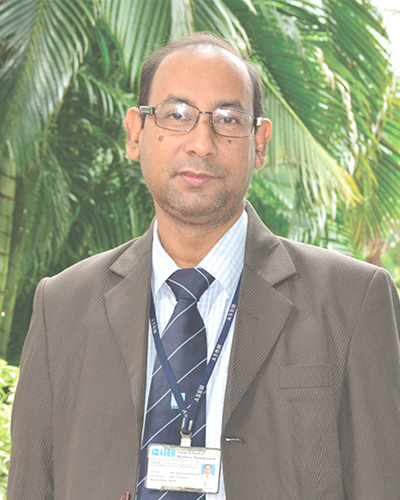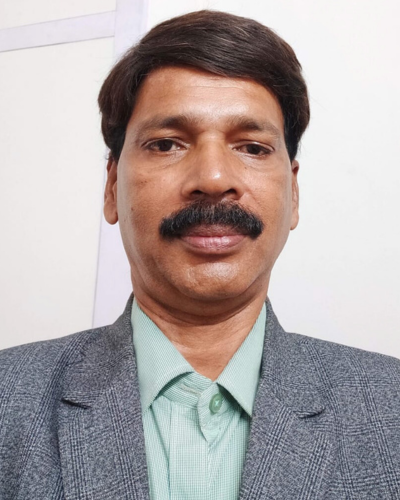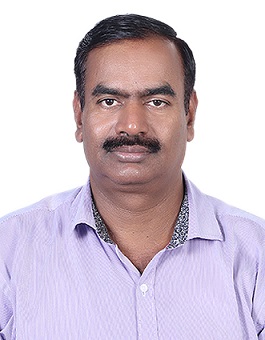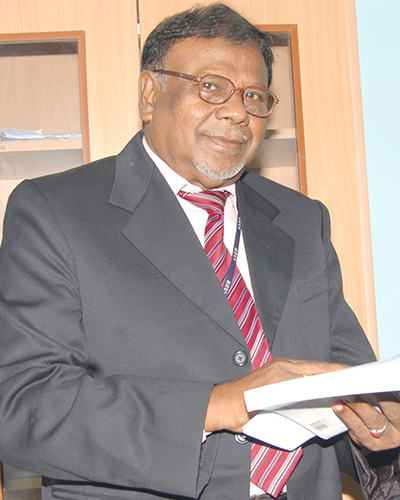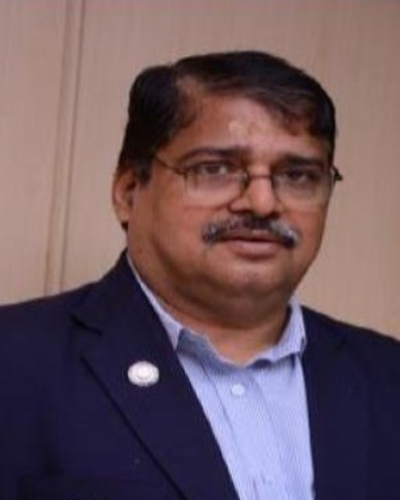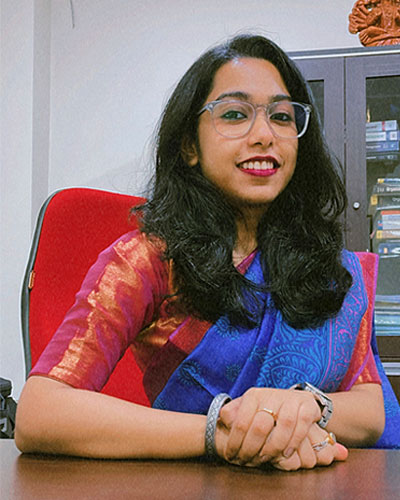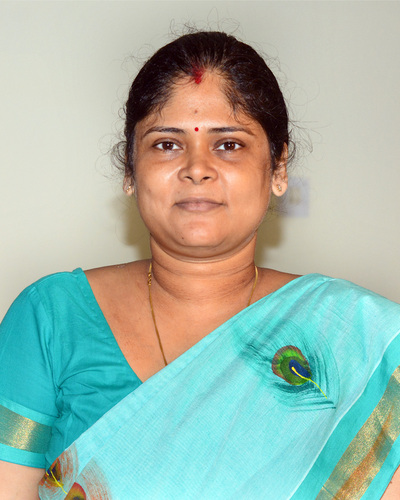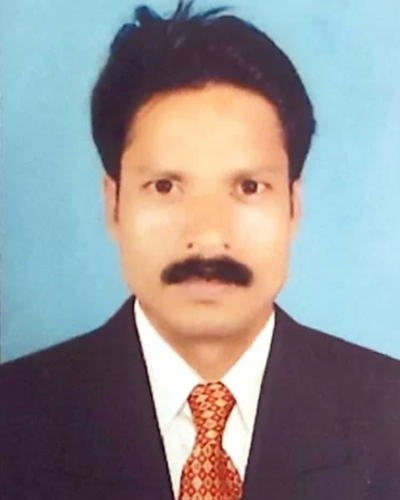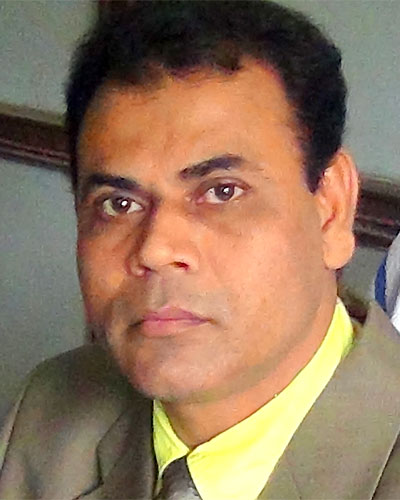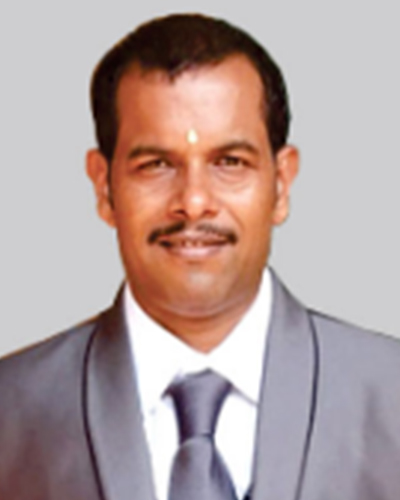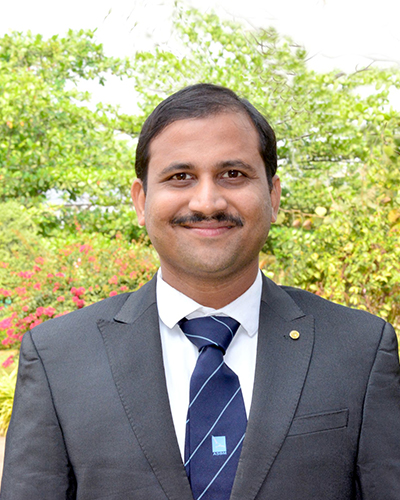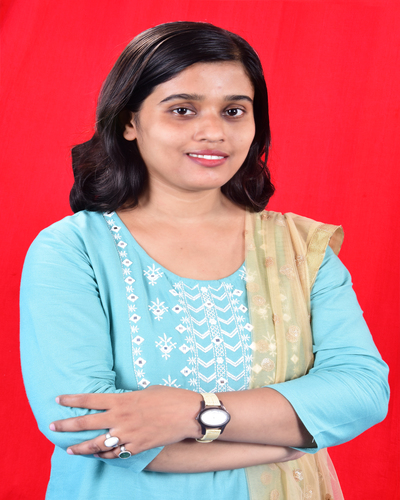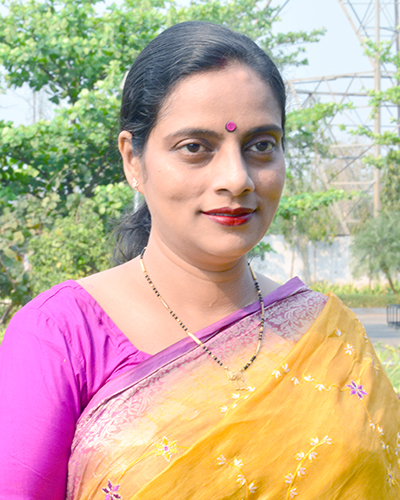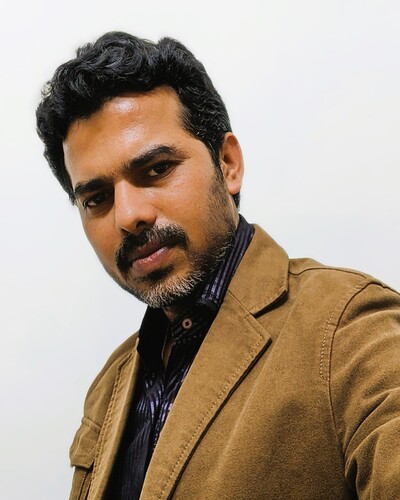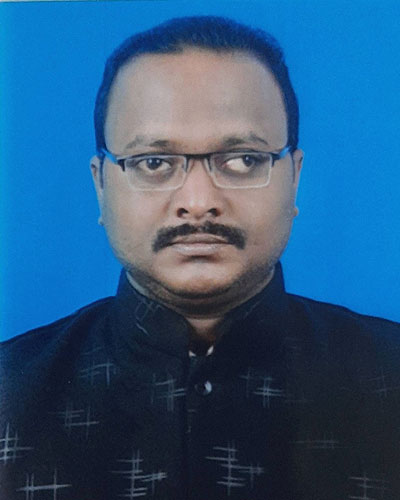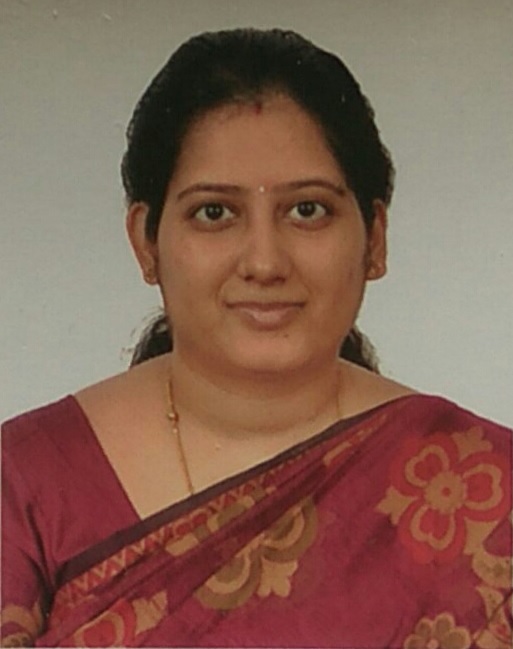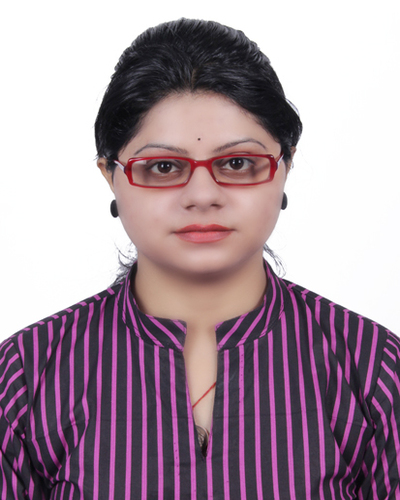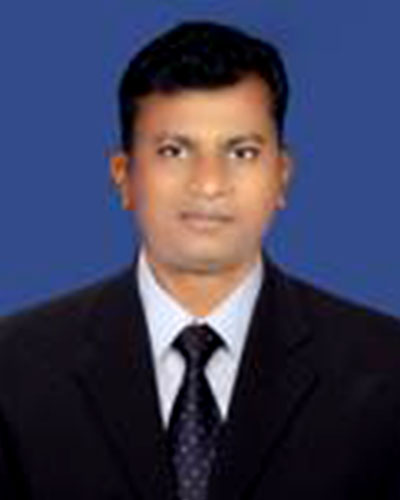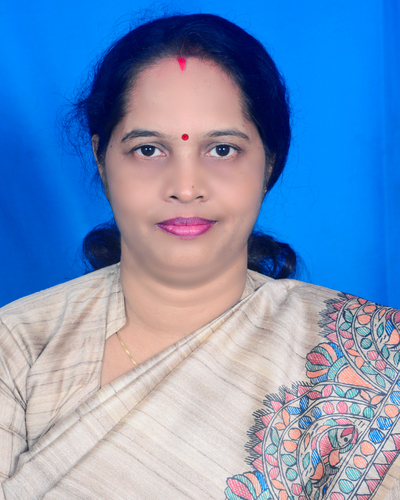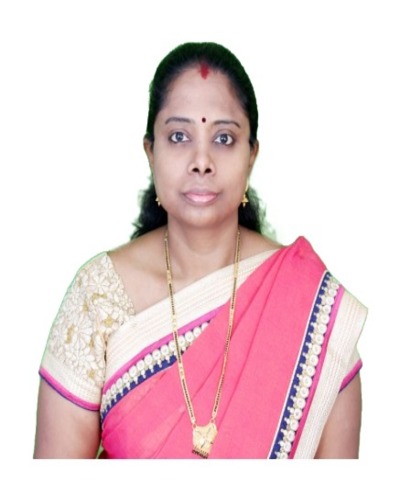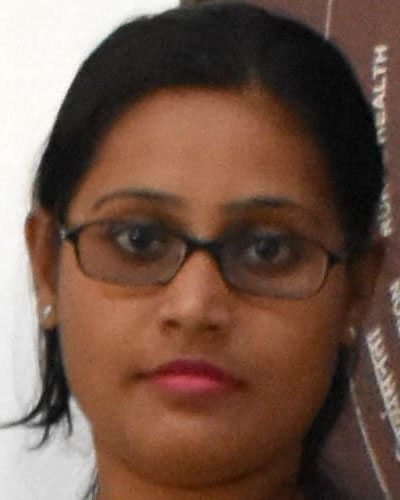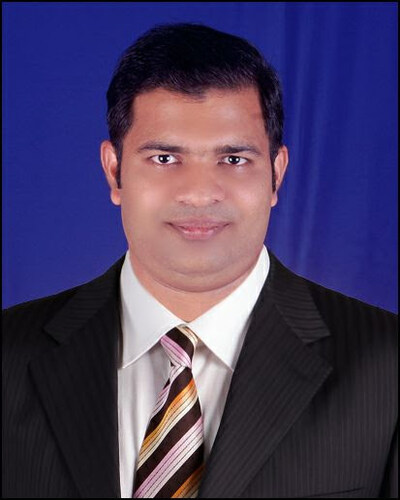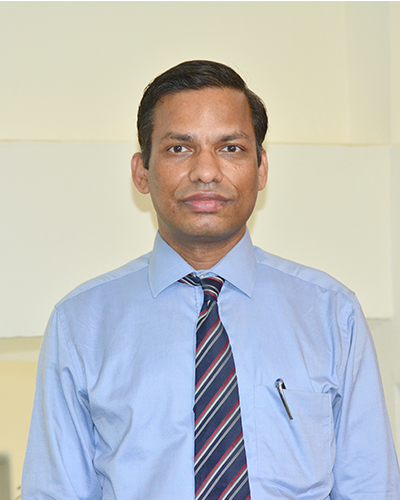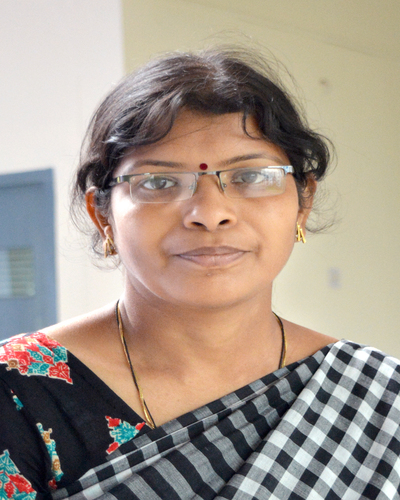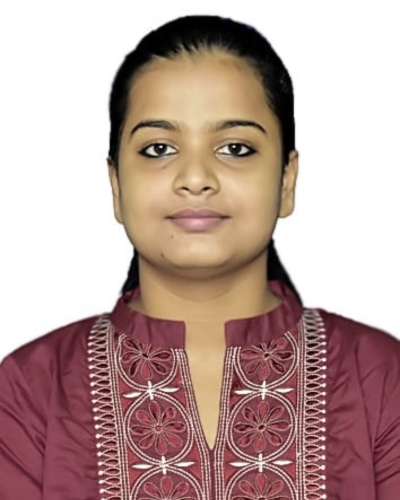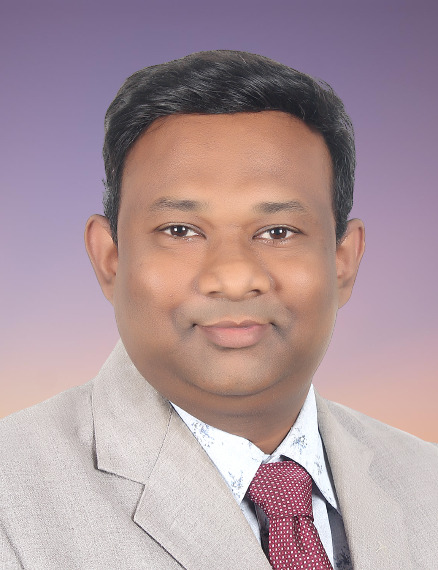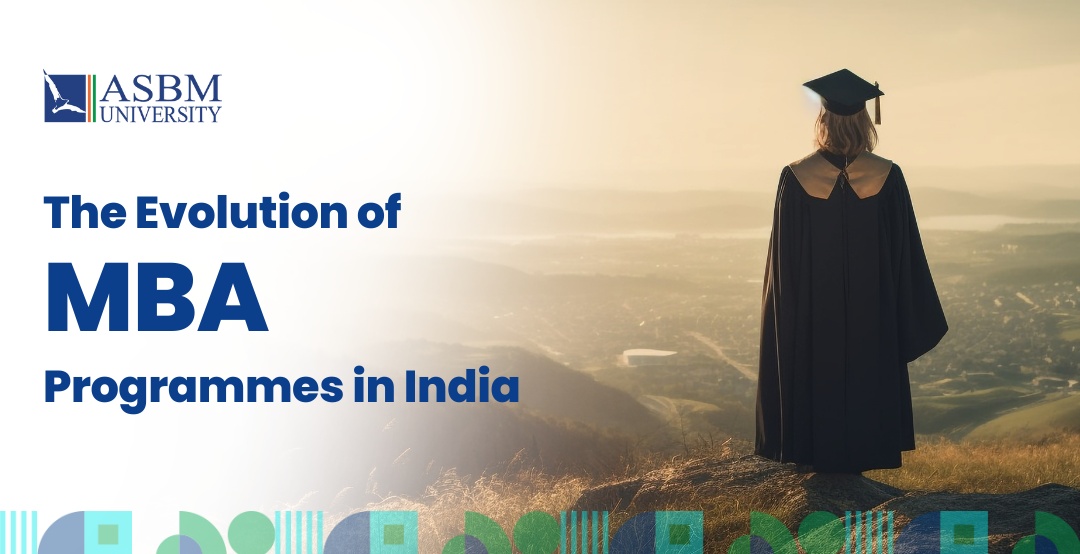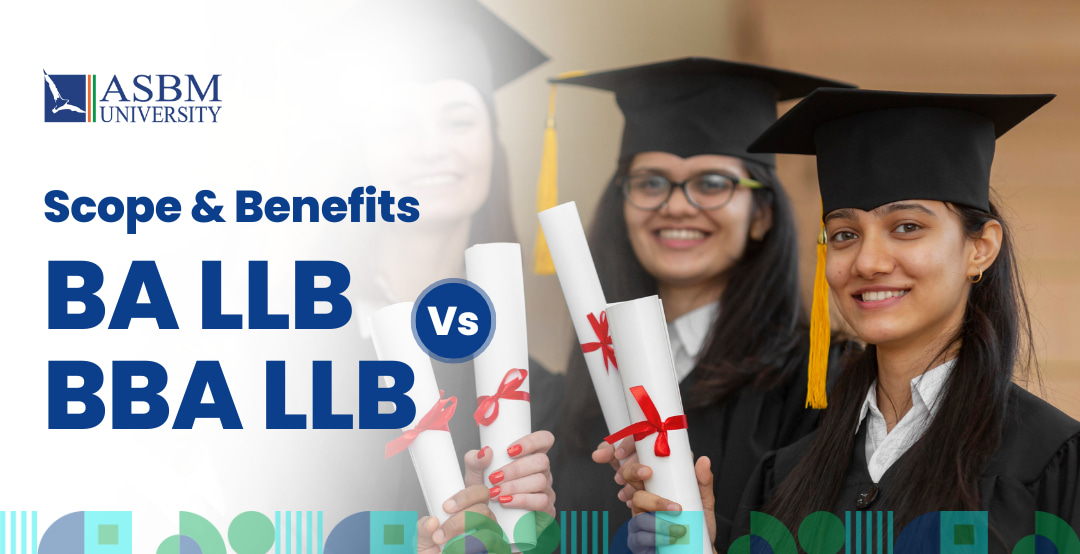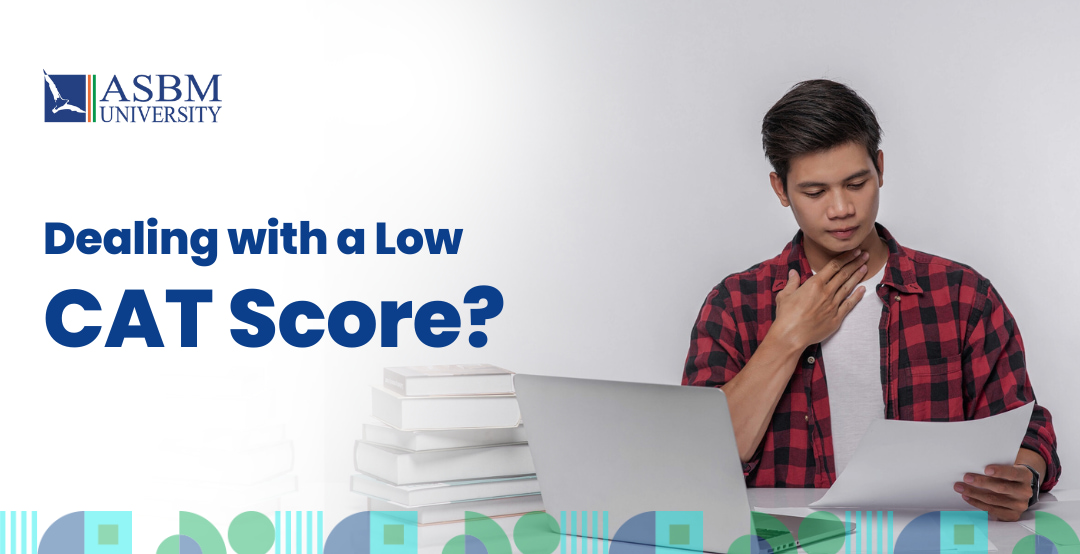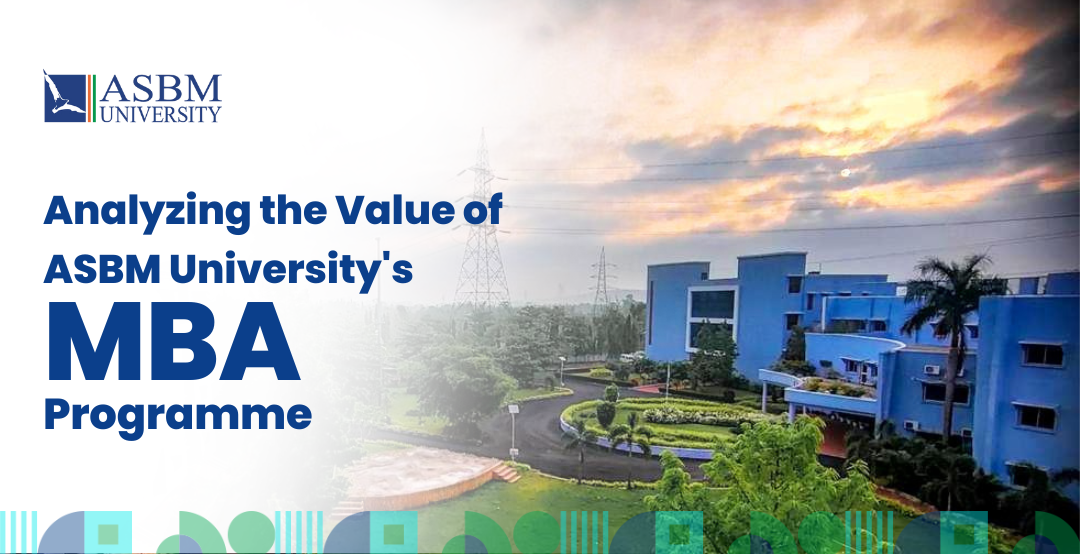Collabration
Programme Key Stats
2024
Admission Session
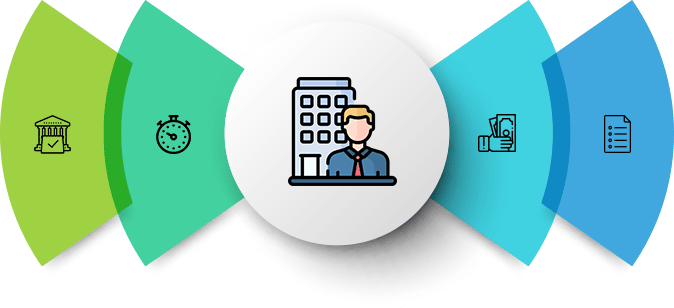
Bachelor’s degree with Minimum 50% marks in aggregate (45% for reserved category) and with valid entrance test score
Eligibility Criteria
Programme OVERVIEW
The MBA in Agri-Business programme has been developed to equip the students to tap the emerging and growing opportunities in the agricultural sector. In the coming days, we expect to see a more significant role of the corporate sector in Indian agriculture, given the agrarian reforms now being ushered in. This will require a large workforce trained and skilled in agribusiness management to manage modern agriculture and allied activities.
MBA in Agri-business is a two–year full-time programme spread over four semesters. Emphasis is given here on the rural immersion module, case analysis, and presentation with a multi-disciplinary approach to sharpening the managerial skills required to manage agriculture and allied activities as a business. After completion of the Programme, the students can enter an array of specialised career options in various sectors such as corporate agriculture, food processing, agro-marketing, FMCG, banking, marketing analytics, CSR, dairy, horticulture, floriculture, agro-tourism, agro-export &; import and so on, in addition to becoming Agri-entrepreneur.
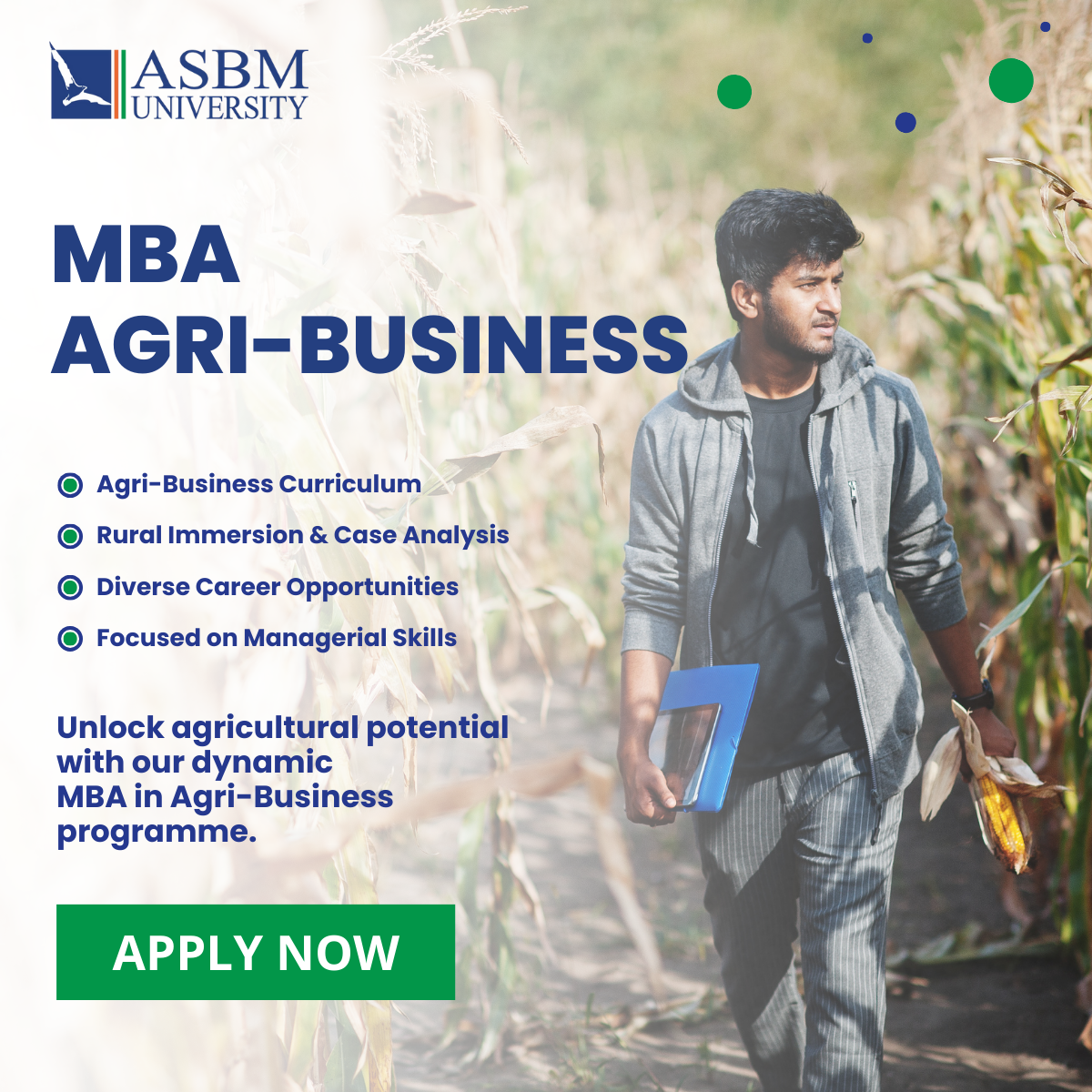
Why MBA Agri-Business
- Open Elective System
- Choice Based Credit System
- Case Based Innovative Teaching Pedagogy
- Finishing School for Employability and Holistic Personality Development
- Rural Immersion Module
- Research/ Live/ Capstone Projects
- Excellent Hostel Facility inside the University campus
- Internship
- Research / Live projects
- Buzz Group
- Real-time activities
- Excellent hostel facility
Course Curriculum
The curriculum consists of 132 Credits comprising 58 credits of core courses, 52 credits of subject elective courses and 8 credits each of open elective courses and Summer Internship Project. It also includes other non-classroom teaching pedagogy carrying 6 credits, viz. rural immersion and live virtual/ capstone projects of 2 credits each, with 1 credit each of research paper analysis and business sector analysis.
The students are required to visit rural arears during their course to closely observe the rural lifestyle and understand the socio-economic environment. Thereby they will gain hands on experience about the farm management practices and will also get exposed to various rural and agricultural practices adopted by the farmers in the village, Gram Panchayat, Cooperative Societies, NGO’s, etc. and present a report about their learning in the village(s).
After the second semester, the students will undertake internship for two months in any organisation to relate their classroom learning with the ground realities of industry. This is intended to sharpen their knowledge and hone their skills, and develop better appreciation of the practical problems of business organisations, especially from the management point of view. The experience, thus gained, also helps the students in planning their future professional career.
Finishing School
The ASBM Finishing School, a unique venture of ASBM University, offers the Power Packed Personality and Employment Grooming Module (3 PEGM) to build the foundation for a fulfilling life. Based on psychometric and language proficiency assessment of the individual students, this module offers training in soft skills to develop their communication skill and fine-tune their attitudes, values and beliefs for holistic personality development end employability.
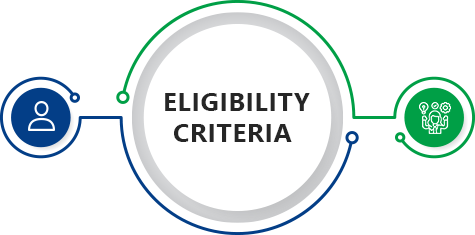
ELIGIBILITY
- Bachelor’s degree with minimum 50% marks in aggregate (45% for reserved category) from any recognized University. Students with degree in Agriculture or equivalent will be given preference. Final year students can also apply.
- National Level Qualifying Test (CAT/ XAT/ MAT/ CMAT/ ATMA) valid score card/ ASBMUEE Test.
FOR WHOM
- Bachelor’s degree or equivalent degree holder
- Any discipline from any recognized University.
- Final year students can also apply.
Semester - I
- ORGANISATIONAL BEHAVIOUR
- MANAGERIAL COMMUNICATION
- ACCOUNTING FOR MANAGERS
- AGRI ECONOMICS
- AGRI MARKETING MANAGEMENT
- QT FOR MANAGERS
- BUSINESS ETHICS
- AGRIBUSINESS & RURAL ENVIRONMENT
- RURAL IMMERSSION MODULE
- FINISHING MODULE – I
Semester – II
- HUMAN RESOURCE MANAGEMENT
- ICT IN AGRIBUSINESS
- AGRIBUSINESS FINANCIAL MANAGEMENT
- RESEARCH METHODS
- OPERATIONS MANAGEMENT
- LEGAL ENVIRONMENT OF BUSINESS
- FOOD AND AGRICULTURE POLICY
- STRATEGIC MANAGEMENT
- RESEARCH PAPER ANALYSIS
- FINISHING SCHOOL MODULE – II
Semester – III
- AGRIPRENEURSHIP DEVELOPMENT
- AGRI TECHNOLOGY MANAGEMENT
- MICROFINANCE FOR AGRIBUSINESS
- RURAL MARKETING
- AGRICULTURAL INFORMATION SYSTEMS
- CONSUMER BEHAVIOUR
- OPEN ELECTIVES
- BUSINESS SECTOR ANALYSIS
- FINISHING MODULE – III
- FINISHING MODULE – IV
Semester – IV
- FOOD RETAIL MANAGEMENT
- COMMODITY FUTURES, MARKETS & DERIVATIVES
- AGRICULTURAL RISK MANAGEMENT
- E COMMERCE AND AGRI BUSINESS
- AGRI LOGISTICS AND SUPPLY CHAIN MANAGEMENT
- SALES & DISTRIBUTION MANAGEMENT
- OPEN ELECTIVES
- LIVE VIRTUAL PROJECT/MOOCS
- RURAL SERVICES MARKETING
- MANAGEMENT OF AGRIBUSINESS COOPERATIVES
- CONTRACT FARMING
- AGRO TOURISM
- INTERNATIONAL TRADE AND SUSTAINABILITY GOVERNANCE
- AGRO-BASED ORGANISATION
- AGRI-PRODUCE POST HARVEST MANAGEMENT
- QUALITY MANAGEMENT
- AGRI IMPORT AND EXPORT MANAGEMENT
Faculty
FAQs
What is Lorem Ipsum?
Lorem Ipsum is simply dummy text of the printing and typesetting industry. Lorem Ipsum has been the industry’s standard dummy text ever since the 1500s, when an unknown printer took a galley of type and scrambled it to make a type specimen book. It has survived not only five centuries, but also the leap into electronic typesetting, remaining essentially unchanged. It was popularised in the 1960s with the release of Letraset sheets containing Lorem Ipsum passages, and more recently with desktop publishing software like Aldus PageMaker including versions of Lorem Ipsum.
What is Lorem Ipsum?
Toggle content goes here, click edit button to change this text.
What is Lorem Ipsum?
Toggle content goes here, click edit button to change this text.
STILL HAVE QUERIES?
Lorem ipsum dolor sit amet, consectetur adipiscing elit. Ut elit tellus, luctus nec ullamcorper mattis, pulvinar dapibus leo.

